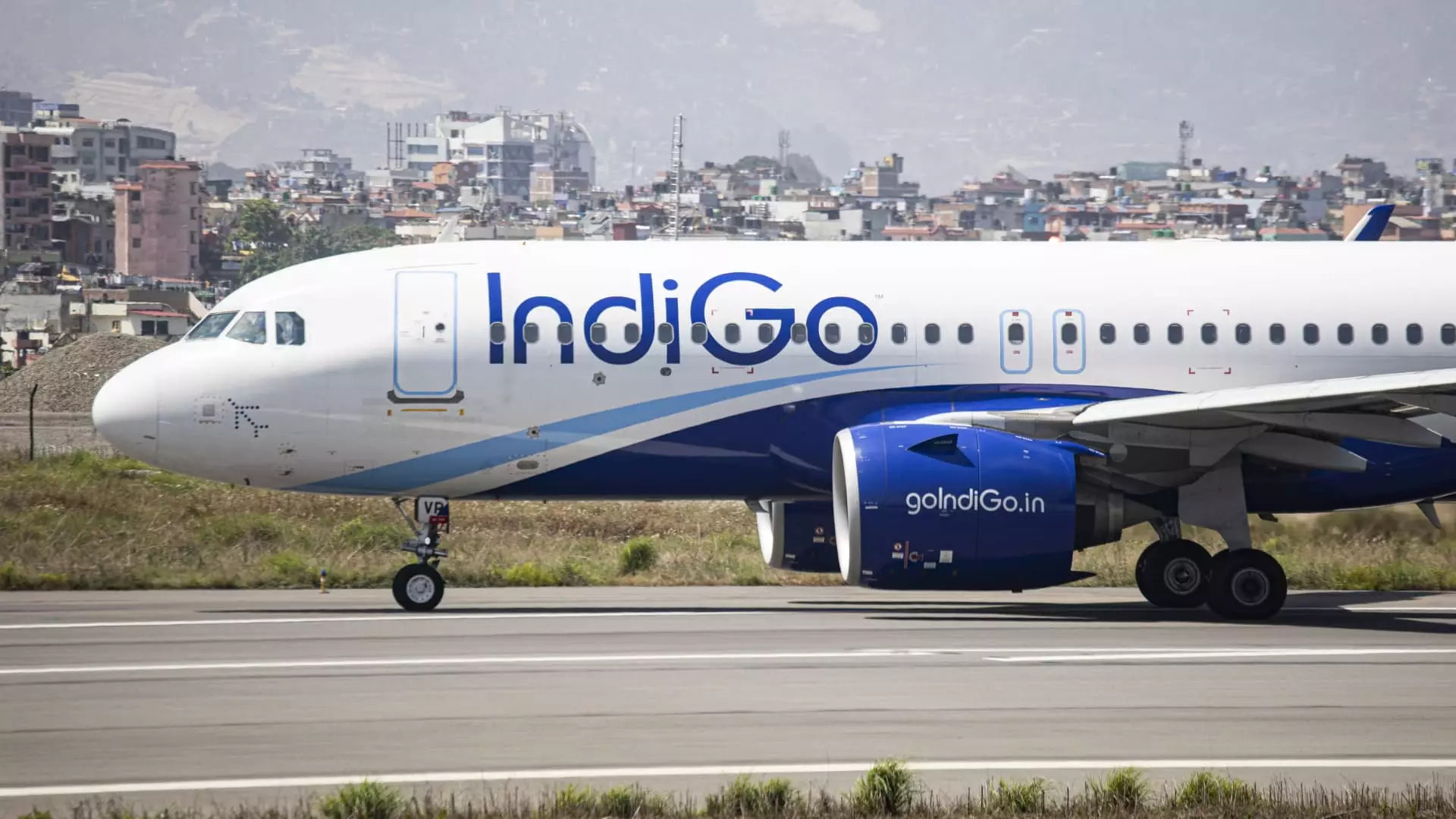In an unexpected escalation of tensions between India and Pakistan, the recent closure of Pakistani airspace to Indian airlines has prompted significant unrest in commercial aviation. This latest measure is a manifestation of geopolitical strife that periodically disrupts air travel in the region, forcing Indian carriers such as Air India, IndiGo, Akasa Air, and SpiceJet to radically alter their westward flight routes. These airlines, which were already grappling with several challenges, now face the daunting task of re-routing flights, increasing operational costs, and potentially affecting passenger travel experiences.
The trigger for this turbulence was a violent incident involving the death of 26 tourists in Jammu and Kashmir, an area long fraught with conflict. As India links the attack to Pakistani militants, Pakistan vehemently denies these allegations, further complicating diplomatic relations. The backdrop of political strife reverberates in every sector, and aviation is no exception. With accusations flying between the two nations, air travel is caught in the crossfire, leading to critical operational changes for airlines on both sides.
Navigating New Routes and Challenges
As a direct consequence of the airspace restrictions, Indian airlines now find themselves on longer, costlier routes, significantly altering their operational logistics. The situation has made several flights, particularly those headed towards Europe, North America, and the Middle East, not only expensive but also logistically complex due to expected refueling stops. Industry analysts estimate that as many as 50 routes could face interruptions, and some flights may even be canceled altogether.
For instance, on recent flights, Air India reported a detour for its New Delhi to New York route, which required a stop in Copenhagen for refueling. Passengers witnessed their journey extend by several hours due to these necessary changes. Such adjustments certainly add logistical headaches for airlines, but they also serve to underline the vulnerability of air travel in politically charged areas.
The Bigger Picture: Competition and Economic Impact
Amidst this turmoil, a significant question emerges: how will Indian airlines compete against others that are free from the airspace restrictions? The operational limitations on Indian carriers could hinder their competitiveness, especially on popular routes to the Middle East, where about half of India’s outbound international flights are headed. Historically, the Middle East has been a lucrative market for Indian airlines, primarily due to its substantial Indian expatriate population.
The geopolitical landscape is directly impacting the dynamics of the aviation market. Passengers who are used to direct routes may now find themselves inconvenienced; however, initial reports suggest that fare increases may be less drastic than one might expect. Observations from aviation experts indicated that while the financial strain on airlines might be more symbolic than substantive, the implications of these disruptions reveal a fragile interdependence between politics and commerce.
It’s worth noting that when Pakistan closed its airspace to Indian carriers in 2019 for five months, the financial impact was striking, with losses estimated at around 7 billion Indian rupees. Such historical context drives home the gravity of the situation Indian airlines currently face.
Consumer Reactions and Shifts in Preferences
Travelers have already begun to react to the airspace closure, particularly concerning popular destinations like Srinagar. The expected fluctuations in ticket prices and travel availability may lead to altered consumer behavior. Interestingly, flights to Srinagar have seen a notable price drop, going from averages of $175 to $255 in high-demand months to approximately $150, signaling a shift in market dynamics that could affect choices among travelers.
As cancellations flood in for flights heading to conflict-affected regions, airlines are scrambling to accommodate travelers by adding additional routes. The immediate fallout impacts not just commercial operations but also the tourism sector, which has seen considerable growth in Kashmir over recent years, renowned for its breathtaking landscapes. However, reports indicate an eerie “pin-drop silence” in the region, encapsulating the palpable tension that limits travel and economic opportunities.
Looking Forward: An Uncertain Horizon
The closure of airspace is more than an operational inconvenience; it is emblematic of the broader geopolitical strife that ultimately shapes patterns of travel, commerce, and connectivity. It highlights an intricate tapestry where diplomatic relations, economic interests, and societal impacts intersect.
As Indian airlines navigate this turbulent landscape, one can only speculate about the long-term consequences for regional aviation and beyond. The situation continues to evolve, with each decision made reflecting larger wind patterns of international relations, thus altering the very fabric of how air travel is conducted across South Asia.


Napsat komentář